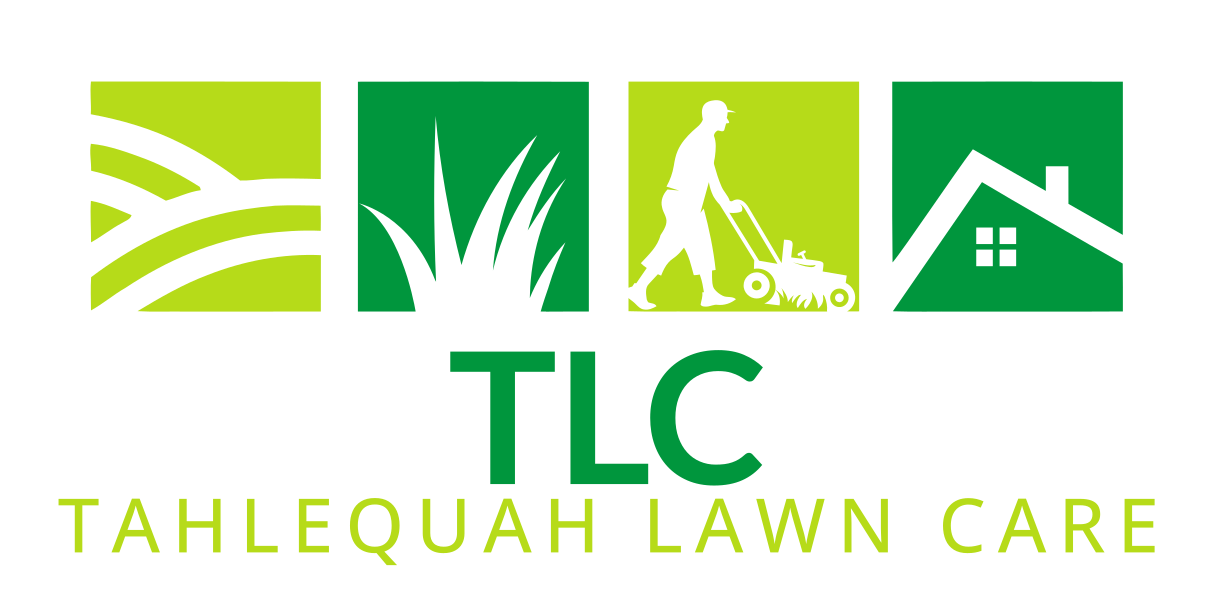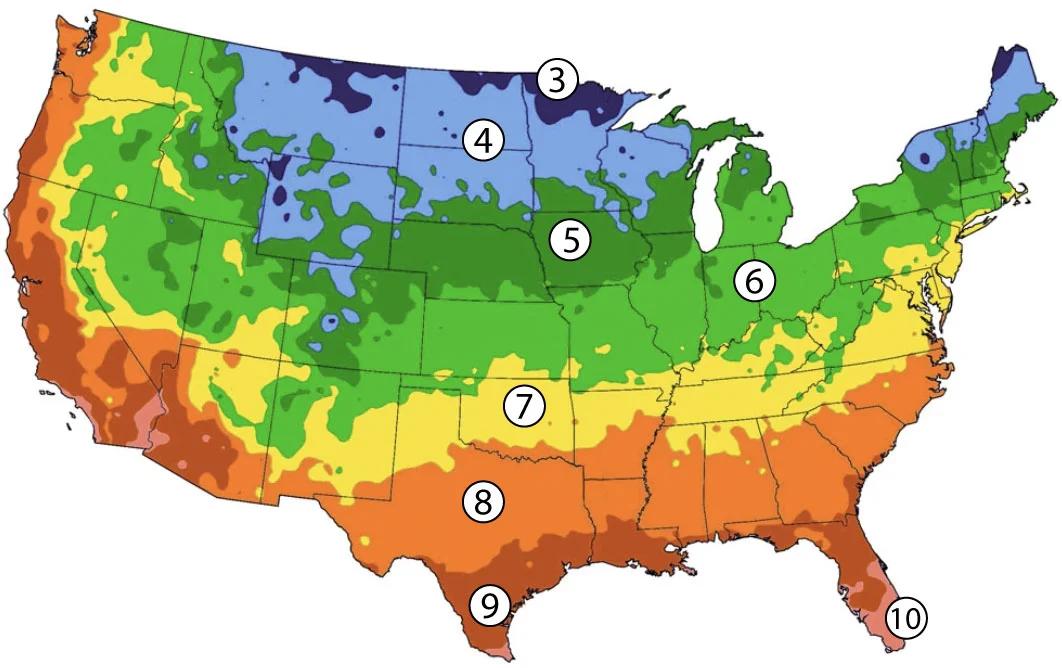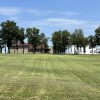Trees that grow rapidly can provide a plethora of benefits for homeowners in zone 7, from creating a natural privacy screen to offering shade and enhancing the beauty of your landscape. With a variety of species to choose from, we’ve gathered a list of the fastest growing trees suited for your region.
Quickest Growing Trees (Zone 7)
Lombardy Poplar (6+ feet per year)

Lombardy Poplar
Topping the chart, the Lombardy Poplar (Populus nigra ‘Italica’) is renowned for its staggering growth rate of over 6 feet per year. Its tall, slender profile makes it an excellent choice for a living fence or windbreak.
Hybrid Poplar (5-8 feet per year)

Hybrid Poplar
Close behind is the Hybrid Poplar (Populus deltoides x Populus nigra), thriving in zones 3-9 and boasting a remarkable 5-8 feet of growth per year. This tree’s versatility and vigor make it a popular choice for various landscaping projects.
Tulip Poplar (3-5 feet per year)

Tulip Poplar
The Tulip Poplar (Liriodendron tulipifera) is another contender, with a growth rate of 3 to 5 feet per year. Known for its stunning tulip-shaped flowers, this tree is not only fast-growing but also a visual delight.
Chestnut Tree (4-7 feet per year)

Chestnut Tree
Chestnut Trees (Castanea spp.) are a valuable addition to any landscape, with their growth rate of 4-7 feet per year and the added bonus of delicious nuts in the fall.
American Elm (3-6 feet per year)

American Elm
The resilient American Elm Tree (Ulmus americana) flourishes in zone 7 with a steady growth rate of 3-6 feet per year.
Weeping Willow (3-4 feet per year)

Weeping Willow
The graceful Weeping Willow (Salix babylonica) adds elegance to any landscape, growing 3-4 feet per year.
Eastern White Pine (2+ feet per year)

Eastern White Pine
For those seeking evergreens, the Eastern White Pine (Pinus strobus) thrives in zones 3-7, with a growth rate of 2+ feet per year.
Austrian Pine (2+ feet per year)

Austrian Pine
The Austrian Pine Tree (Pinus nigra) pushes out 2+ feet of new growth per year.
Leyland Cypress (2+ feet per year)

Leyland Cypress
Leyland Cypress (x Cupressocyparis leylandii) follow suit, also achieving 2+ feet of growth annually.
Notable Mentions:
Other notable fast-growing trees for zone 7 include the Silver Maple (Acer saccharinum), Dawn Redwood (Metasequoia glyptostroboides), Sun Valley Maple (Acer rubrum ‘Sun Valley’), Autumn Blaze Red Maple Tree (Acer × freemanii ‘Jeffersred’), Japanese Maple Tree (Acer palmatum), Shumard Oak Tree (Quercus shumardii), Paper Birch (Betula papyrifera), Red Sunset Maple (Acer rubrum ‘Franksred’), and River Birch (Betula nigra), all with growth rates of 1-2 feet per year.
Growing zone 7 is a diverse and expansive region that spans across numerous states in the United States, offering a unique combination of climates and landscapes suitable for a wide variety of plants and trees. Encompassing a broad geographical area, zone 7 starts in the east, with pockets of southern Connecticut experiencing its distinct conditions.
As we journey southward, zone 7 extends through Virginia, capturing its lush greenery and picturesque landscapes. Moving westward, it engulfs eastern Tennessee and northern Arkansas, showcasing the natural beauty and charm of the Appalachian and Ozark regions.
Continuing its reach, zone 7 traverses southwest through the Texas panhandle, where the arid plains blend with the region’s mild climate, creating an ideal environment for drought-tolerant plants. As we enter New Mexico, the zone narrows and meanders north, reaching the high deserts of Nevada and the sun-soaked valleys of California.
As we follow zone 7’s path, it stretches into the Pacific Northwest, encompassing parts of Oregon and Washington. Here, the region’s climate nurtures verdant forests and fertile soils, fostering the growth of a diverse range of flora.
In essence, growing zone 7 serves as a remarkable bridge between various climates and geographical features, connecting the eastern seaboard to the western states. This rich tapestry of landscapes offers gardeners and horticulturists a unique opportunity to cultivate an array of plant species that thrive in the temperate conditions of this vast and fascinating region.




